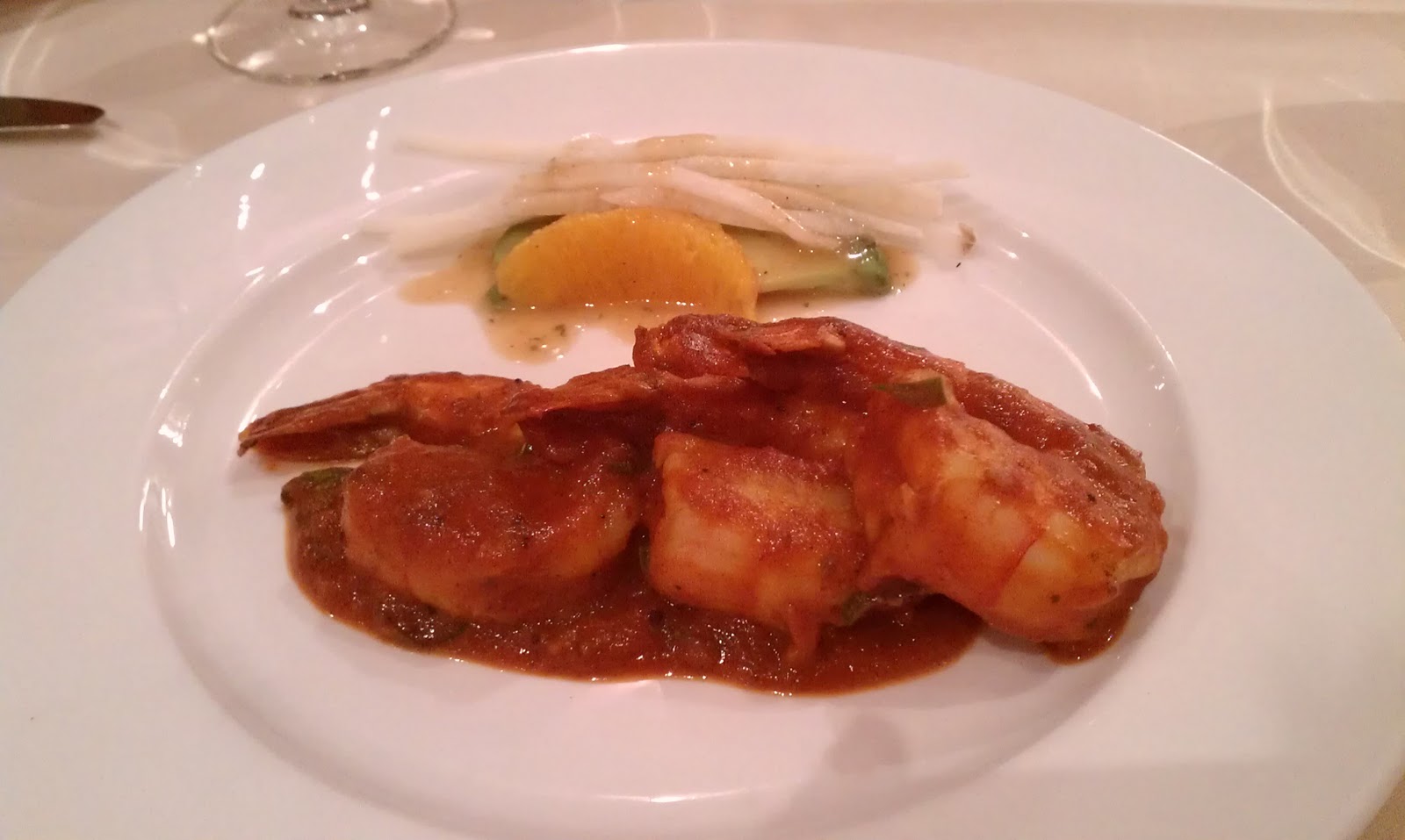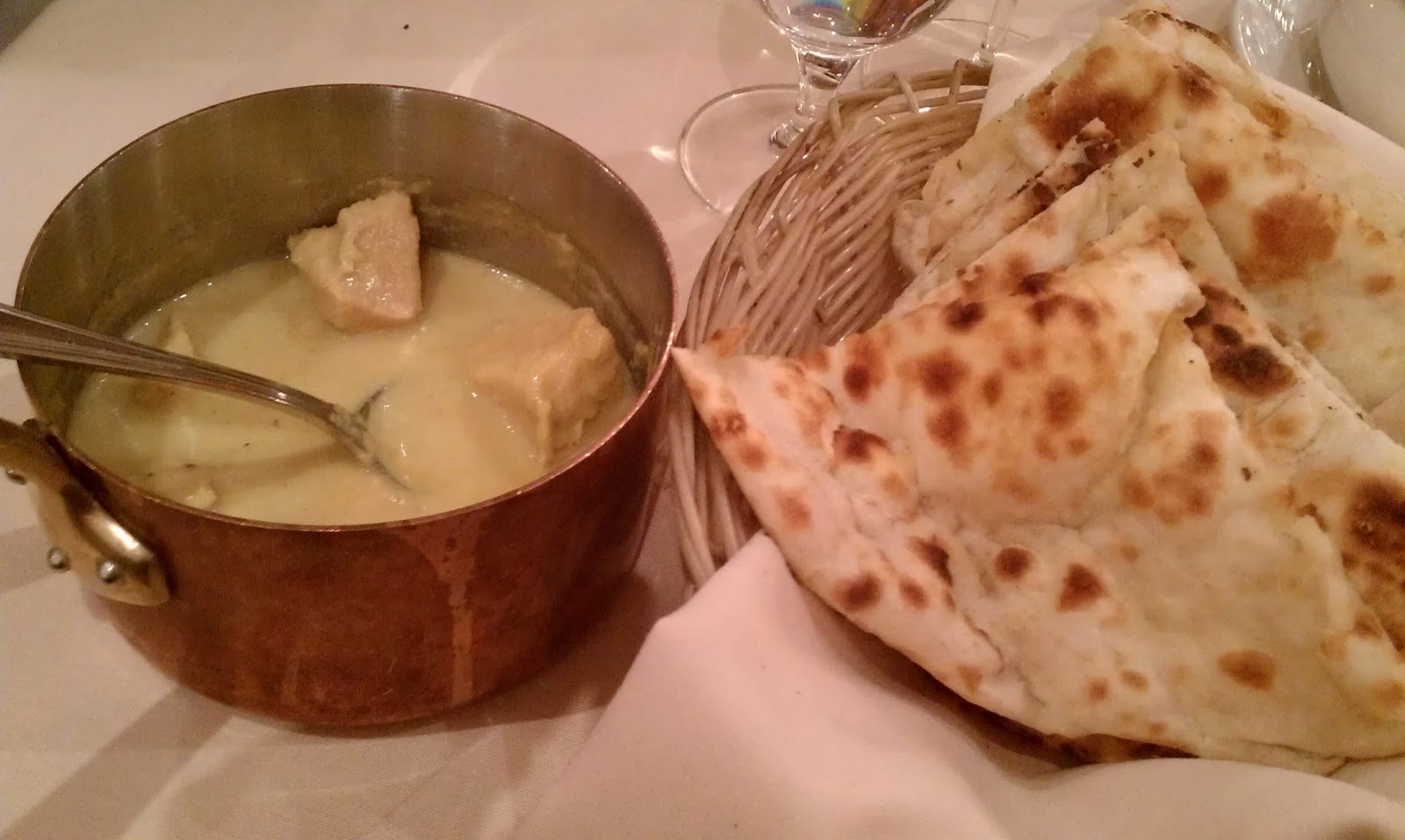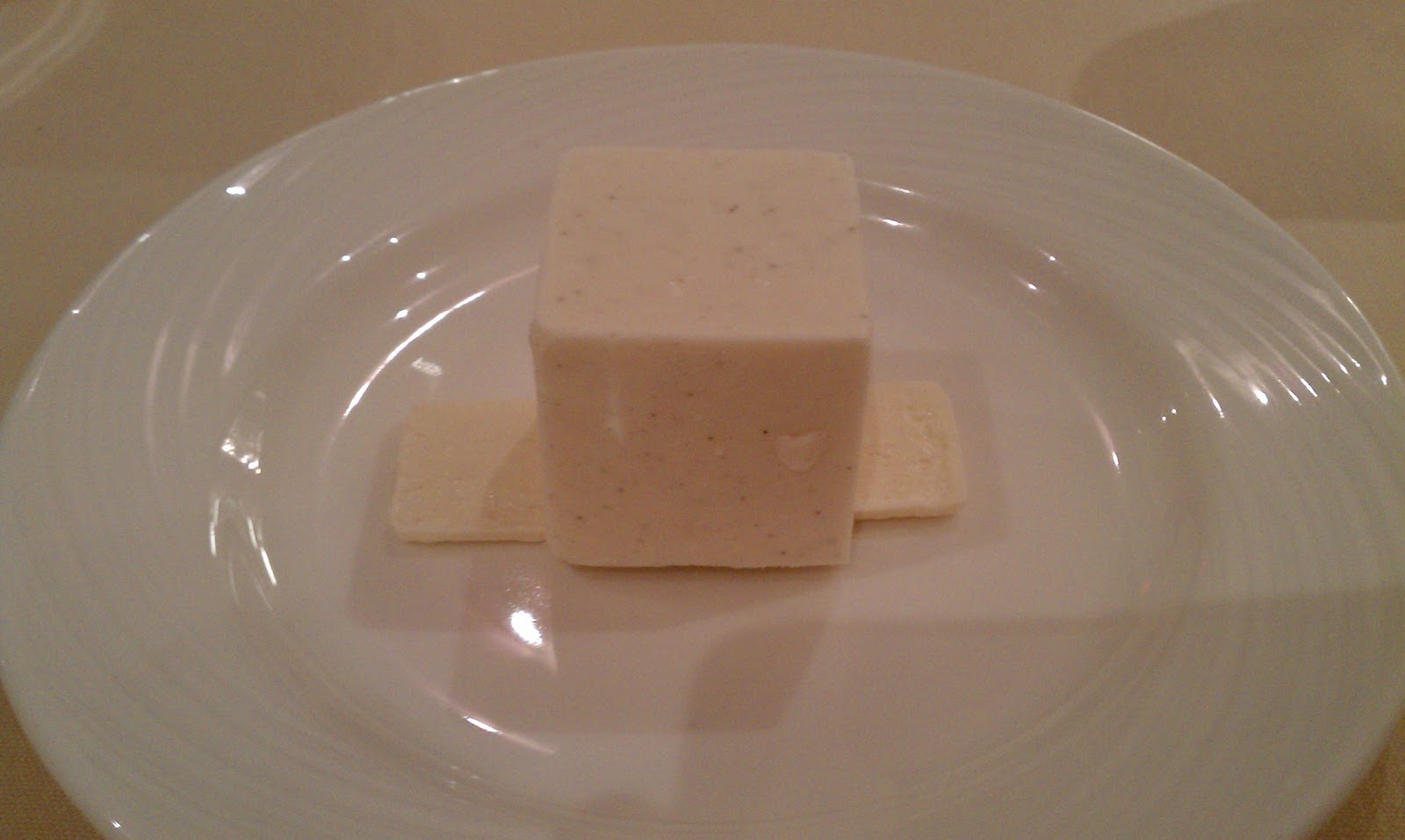
A whole post on a hot dog stand? Of course, especially when Baejarins Beztu Pylsur is one of the most famous restaurants/stand in a parking lot in all of Iceland.
More...
In my research for Icelandic cuisine, one place kept reappearing. Both locals and foreign tourists alike stop at Baejarins Beztu Pylsur ("Town's Best Hot Dog") for the 300 korna frank.

Ask for it with everything and you'll get ketchup, sweet mustard, fried onion, raw onion and remolaði, a mayonnaise-based sauce with sweet relish. The sauce is striking. As with much of Iceland's saucy cuisine culture, it is bold and sweet like a tangy gravy. I've mentioned before that Icelandic lamb is special. The addition of lamb to the mix of beef makes the sausage unique. There characteristic flavors of lamb shine, even through the sauce and other toppings.
Considering how expensive food, among other things, is in Iceland. Baejarins Beztu makes an excellent cheap meal. Find it near the water in the old Northwestern part of Reykjavik near the port, across from the Radisson.
Baejarins Beztu Pylsur
Tryggvagata 101, Reykjavik
^

















































